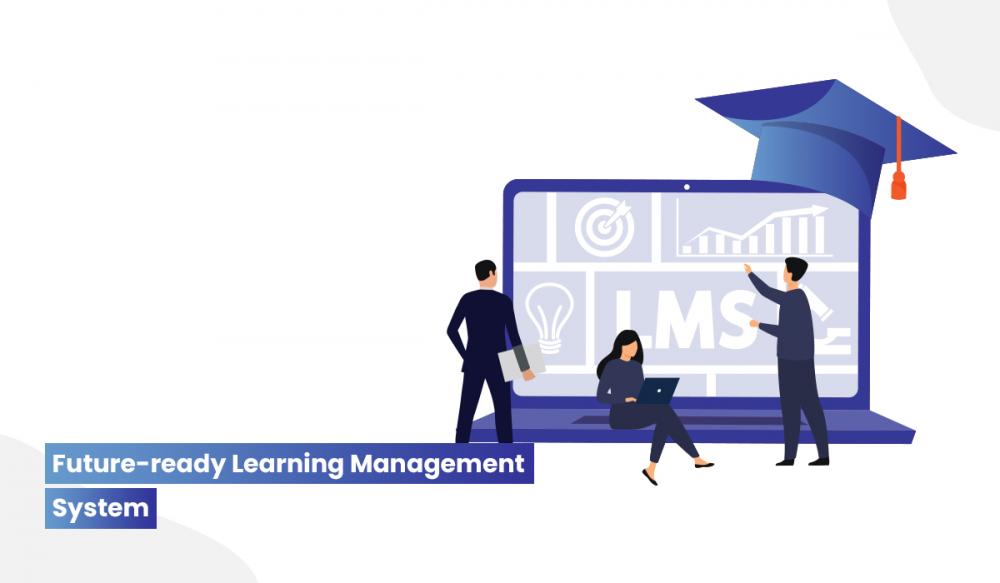
The Future of Learning Management System in Higher Education
We have come up with many LMS-related blogs so far and this one is the next in the series. The blog covers the readiness and future of Learning Management Systems in the current scheme of COVID-19 and how future-ready a college or university could be by adopting new methods of teaching and collaborating with LMS technology.
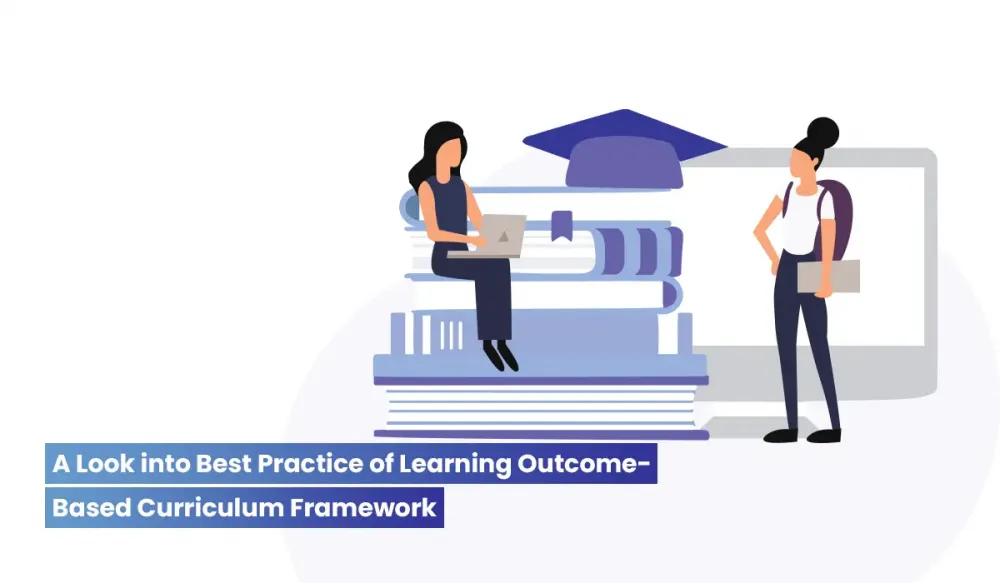
Learning Outcome Based Curriculum Framework: Best Practices and Case Studies in Higher Education
Tune In To Our Audio Blog
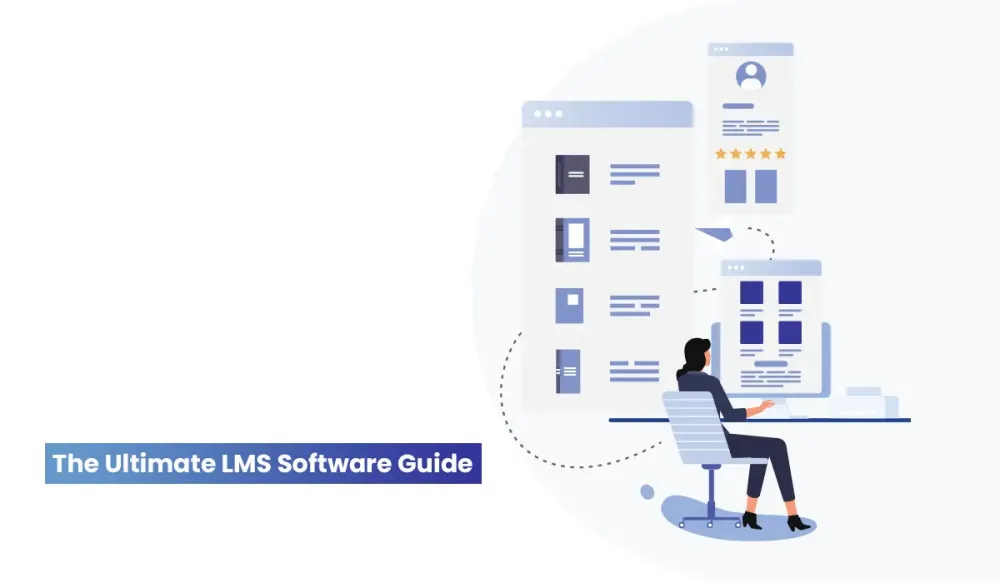
The Ultimate Guide to Learning Management System Software
Tune In To Our Audio Blog

6 reasons why colleges need an online LMS during COVID
How can an online learning solution help colleges affect due to COVID-19?
In response to the COVID-19 global pandemic, higher education institutions across the nation are shuttered to stem the spread of the virus. Higher Education Institutions are now turning on the distance learning mode to ensure educational continuity for their students. The transition to remote teaching and learning can be as seamless as possible with the right LMS partner. LMS during COVID ensures the education community’s safety, while also dynamically driving business continuity methods in the long run.
Thesis Management System
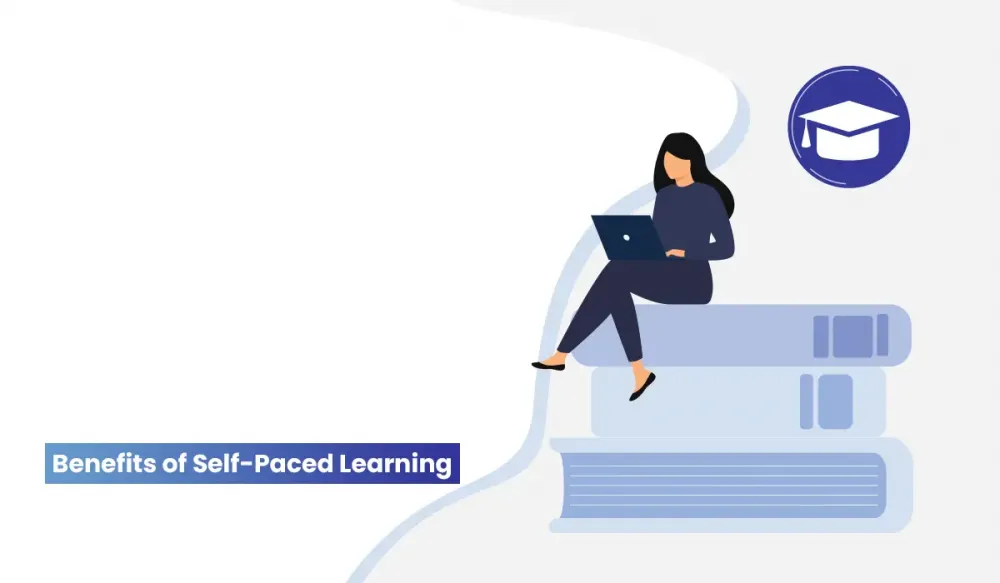
What are the Top 10 benefits of self paced learning?
Tune In To Our Audio Blog
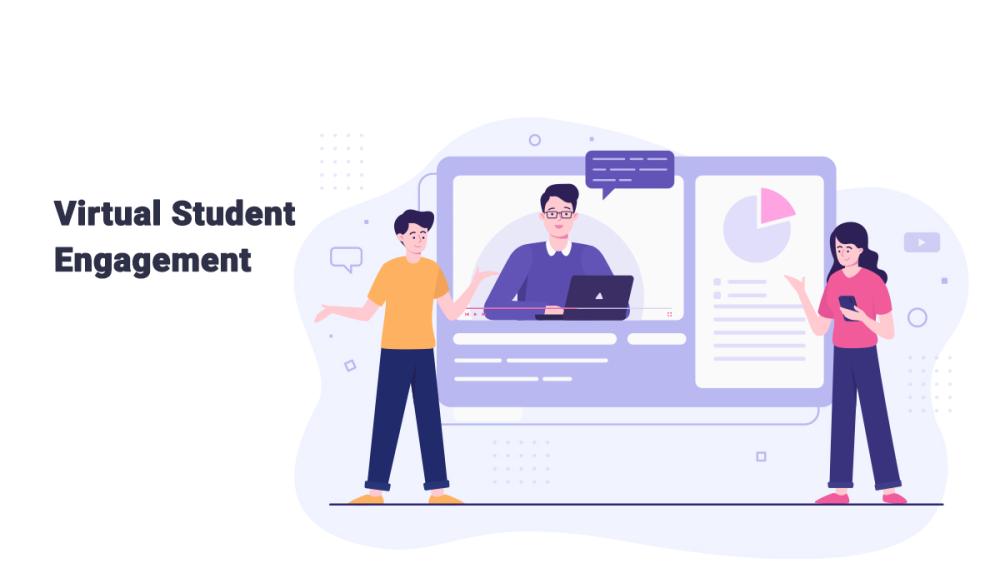
Top 7 strategies to engaging students online during Covid-19
Introduction
It’s COVID - 19 outbreak now. The government has announced several public health emergencies and quarantine measures. The whole world is shaken and the Higher Education sector is not an exception. Engaging students online has become a universal concern now. The higher ed community is still facing challenges to transition students off-campus by making their courses and learning materials available online.
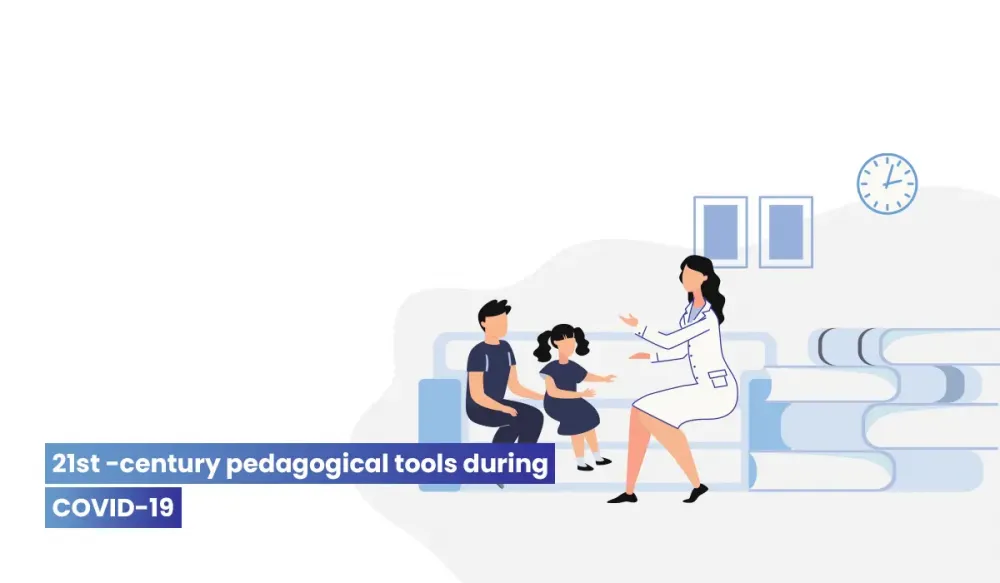
How to Use Interactive Pedagogical Tools Effectively During COVID-19
Tune In To Our Audio Blog

Educational technology and mobile learning—how mobile-assisted learning tools transform education?
The future of mobile learning has never shown signs of slowing down. Thanks to the blend of educational technology and mobile learning, that’s resulted in a range of mobile-assisted learning tools.

What is the need for collaborative learning in higher education?
Introduction
Collaborative Learning in higher education has become a predominant twenty-first century’s learning aid. The current society demands the student community to think and work together on critical issues. This shift in emphasis from individual efforts to group work, from independence to community is achieved through Collaborative Learning.
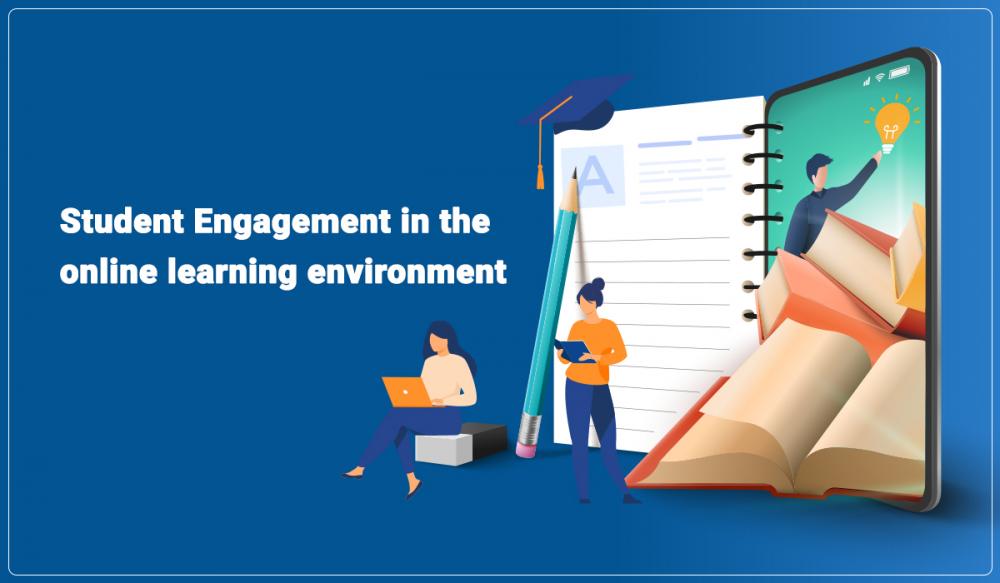
Student Engagement in the Online Learning - What Works and Why
We know you like your students the most. We know you are often finding ways to create for student engagement in the online learning environment. After all, with student engagement and nurturing comes institutional excellence and success.
Such being their stance, how do you engage your students during their online courses? How do you foster a sense of community, allowing them to communicate and collaborate effectively?
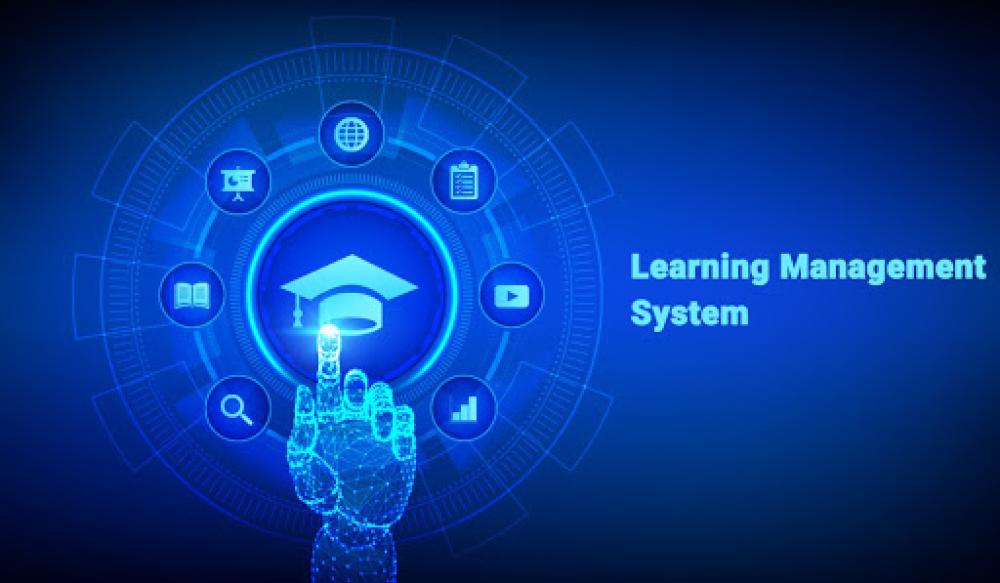
The definitive guide to Learning Management System
Ever been on shopping for the Best Learning Management System and found you returned without buying one?

Online examination system during COVID: A savior for Universities
What is Online Examination Software?
Many businesses have overturned due to COVID-induced lockdowns. There are school closures and social distancing everywhere. Normality is questioned. Governments across countries have initiated universities and higher education systems to adapt to remote instruction to cover lectures, exams, evaluations, and result publications. This technology-driven measure to promote education with equity during lockdown might work for online learning and teaching, but “how could it support online examinations?”, is one of the top questions now.

Understanding Blended Learning
While growing up, probably the only way of knowledge transfer from teachers to students was through a traditional classroom setting. As kids of the 90’s, we hardly had any access to computers at school let alone having one at home. The dawn of the new millennium brought us much closer to desktops and laptops. Now, these devices were being used to complete assignments, do research and swimming through a vast sea of knowledge. Higher education institutions saw this change and adopted it fervently.
Class Scheduling Software
Student Fee Management System
Student Attendance Management System
Learning Management System for Higher Education
Examination Management System

The 15 definitive features you need to have in a Learning Management System (LMS) for your Higher Ed. College
“An LMS is a web-based software application that enables organisations to create online reading material, administer courses, document and track learning, assess learning and provide training for the said courses and reporting. Through an LMS; higher education institutions and corporations alike, aim to enhance learning and identifying training gaps”.

What is an LMS?
If you search LMS on Google, you would probably end up getting over 60 million results. It is the newest trend in the corporate world and a possible solution for providing education to all. While you would get some information from your Google search, most of it would be from a specific point of view and over half of it would be marketing an existing incomplete product. So we decided to write a blog that should answer all your questions once and for all.
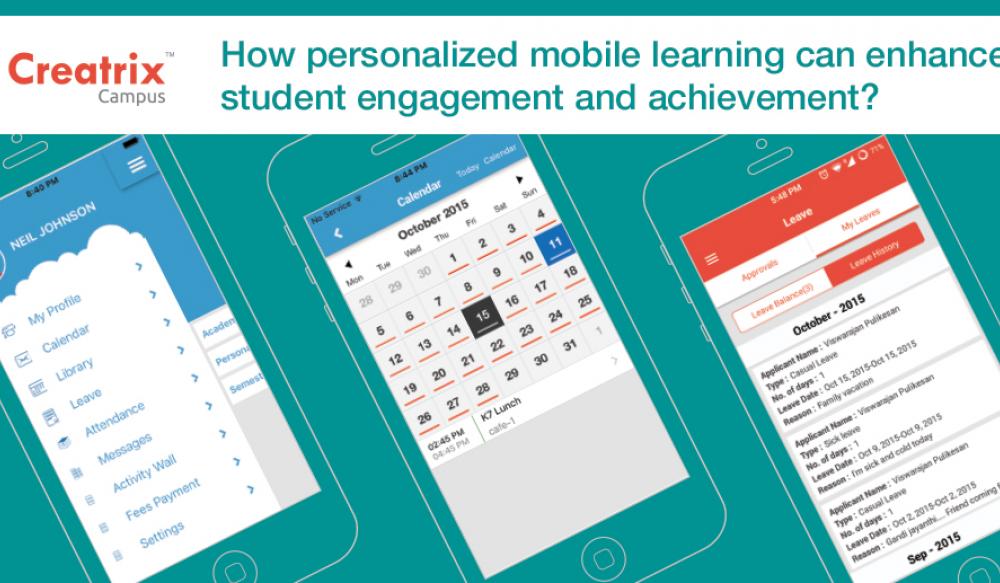
How personalized mobile learning can enhance student engagement and achievement?
Mobile learning is one of the revolutionary innovation in education. As with any technological development, mobility has transformed education in a short period of time and makes a huge impact particularly in the lives of students. Schools, colleges and higher education institutions are taking the big leap forward to leverage the latest mobile technology and provide equal learning experience to students. This incredible technology opens the door into a new world of adaptive and personalized mobile learning for students using the cloud platform.
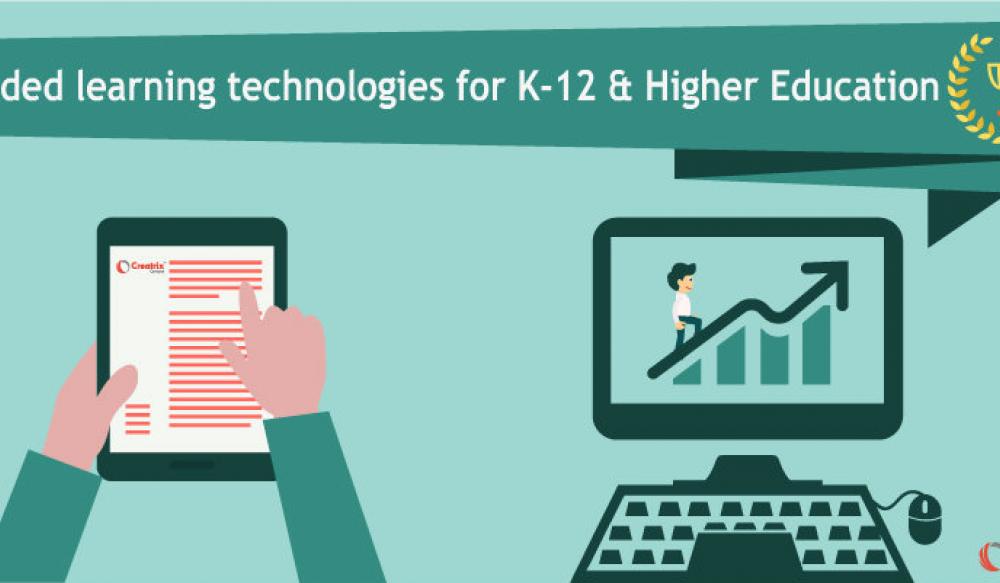
The transformative power of blended learning technologies in K-12 and Higher Education
Blended learning is a capricious mix of technology and teaching methods in the classroom. Classroom learning is changing every generation and how innovative learning tools enables teachers to design course content, assignments and assessments in the learning space. Using cutting-edge synchronous communication tools has advanced the state of higher education and keep it compelling. More and more education institutes want to automate the learning process, optimize the resources, spur innovation and promote collaborative learning and teaching in the global market.

Developing a custom Learning Management System (LMS) to drive student success
We are living in a new age of education where every student has different set of needs and technology has personalized learning, where each school thinks and operates differently. No two educational system functions in the same way. There are some products in the market which offers solution to manage the learning needs of institutions.There are various categories of students, some might be slow learner, some quick and some need more tutoring and few needs practical experience and so on.
